Utah without Roads
Choosing Collaboration over Contention
In an era of few conservation victories, the battle for Utah roadless areas stands out in 2019. The state had petitioned the federal government for a new rulemaking process for the 4 million acres of inventoried roadless land in the state. When the U.S. Forest Service roadless rule was established in 2001, 73 percent of all Utahns who commented on the draft rule supported the complete protection of all roadless lands in the state. These lands include some of the most pristine and critical habitat for fish and wildlife.
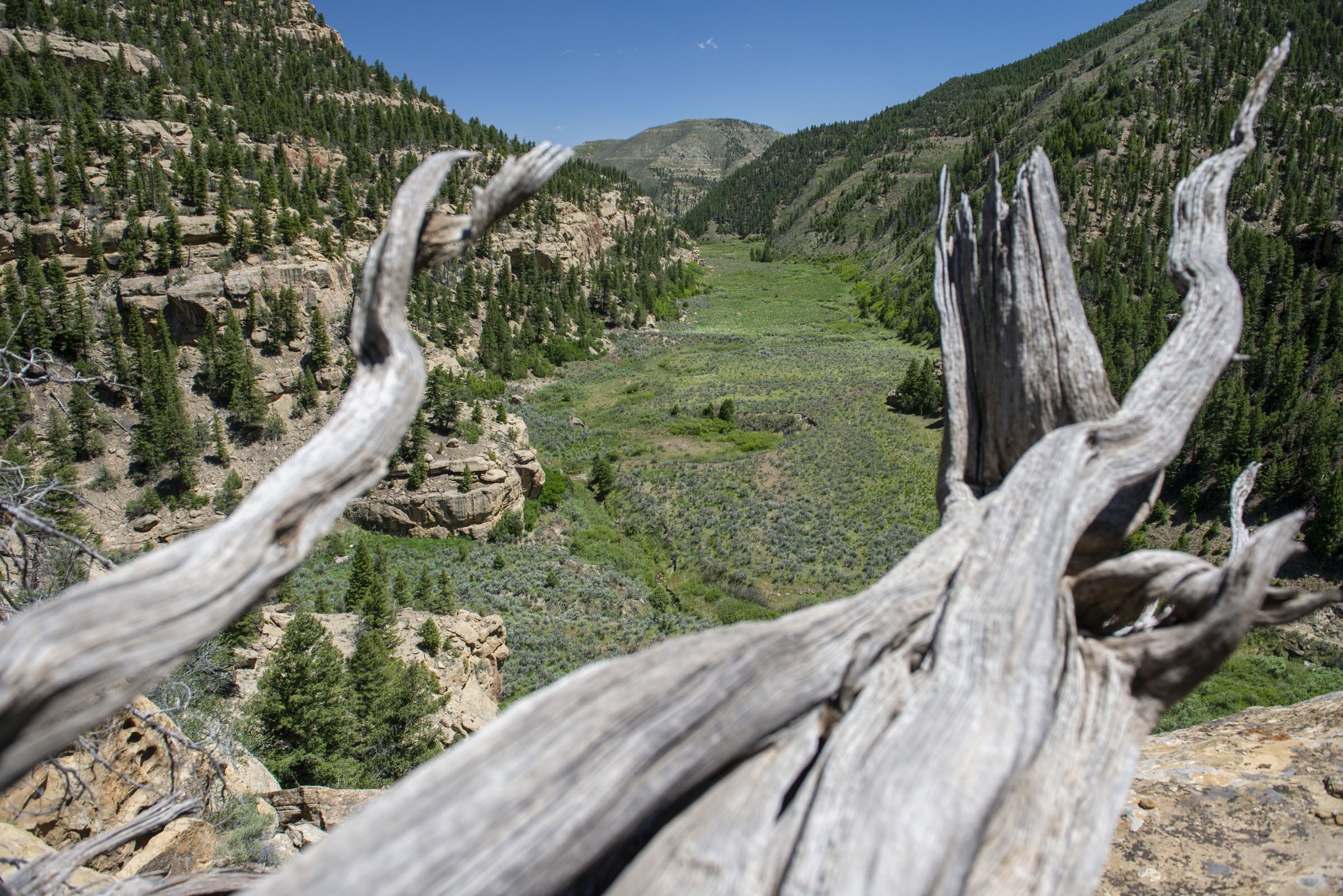
Utah Roadless lands include some of the most pristine and critical habitat for fish and wildlife.
Yet, in 2019, Gov. Gary Herbert submitted a petition for large state-specific exemptions to the 2001 rue. Unfortunately the petition included virtually no analysis of current conditions in Utah’s inventoried roadless areas, very little discussion of the state’s rationale for seeking a state-specific rule and why the existing exemptions in the 2001 roadless rule were inadequate. Shockingly, not a single scientific citation was included in the petition to bolster the state’s recommendations and requests.
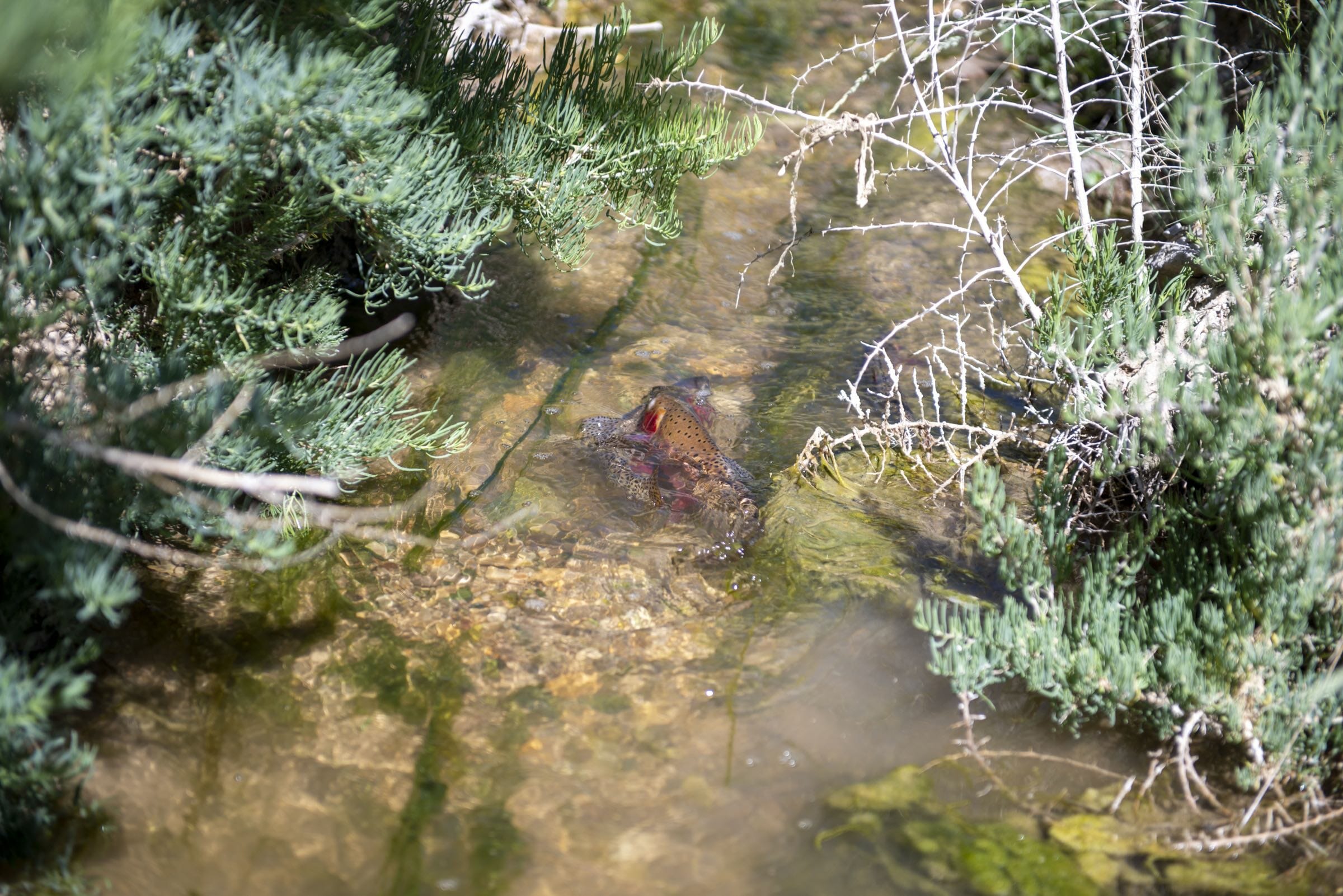
Native cutthroat trout can be found in abundance throughout Utah’s roadless lands.
As a result, Trout Unlimited’s main objective was that the Forest Service reject Utah’s petition for a new rulemaking process for Utah roadless lands. In the end, TU achieved this outcome practically, if not technically. The U.S. Department of Agriculture did not officially reject Utah’s petition, but they did not take any official action on it.
Trout Unlimited united the hunting and fishing conservation groups in the state, joining traditionally conservative sportsmen’s groups like the Rocky Mountain Elk Foundation, Sportsmen for Fish and Wildlife and Mule Deer Foundation to our cause. This was a major factor for Agriculture Secretary Sonny Perdue and Gov. Herbert deciding to instead work through a shared stewardship agreement to address some of Utah’s concerns relative to catastrophic fire threat in the forests.
This victory was multi-faceted. During the legislative session TU helped pass a unique appropriation for the shared stewardship framework in hopes the state contribution would persuade both the governor and U.S. Department of Agriculture (which oversees the U.S. Forest Service) to try that approach instead of new rulemaking on the 2001 Roadless rule.
We coordinated our efforts with a parallel campaign being run by environmental groups and managed by The Wilderness Society. We also leveraged relationships formed in our legislative sportsmen’s caucus to assemble a broad and effective sporting coalition to write letters and talk with the Utah Public Lands Policy Coordinating Office within the Governor’s office and United States Forest Service and USDA in Washington, D.C. Our commonsense approach was so reasonable we were even able to capture endorsements from Rob Bishop, John Curtis and Mitt Romney in Utah’s congressional delegation.
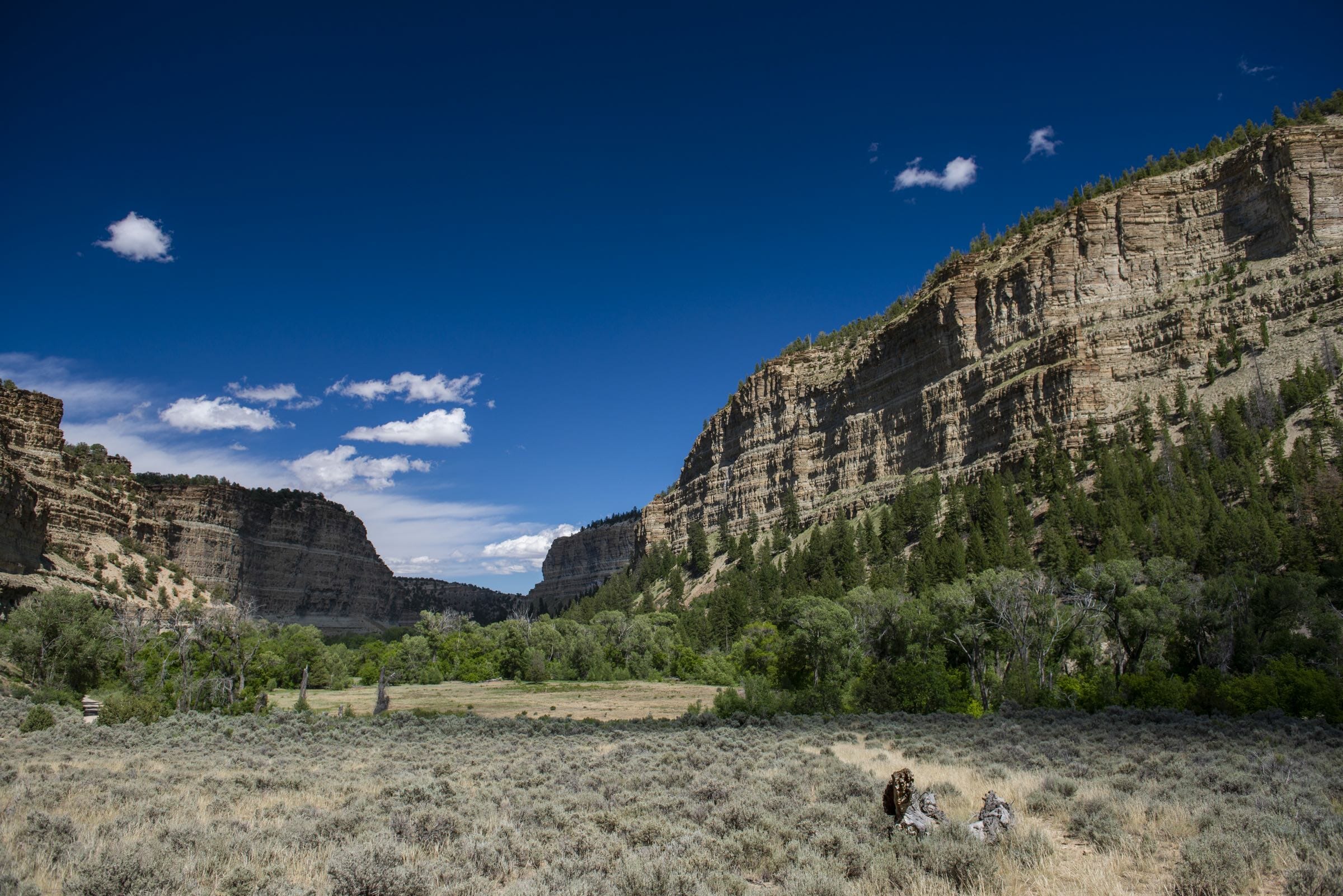
Trout Unlimited is continuing to work with Forest Service on a regional level, and with the governor and the Utah Legislature.
The final result means that there is no consideration or process—under way or planned—for official reductions in conservation protections in Utah under the 2001 Roadless Rule.
Trout Unlimited is continuing to work with Forest Service on a regional level, and with the governor and the Utah Legislature, to assure the shared stewardship framework remains viable for collaborative efforts among stakeholders and does not lead to a revival of Utah’s petition for a new Utah-specific rule.
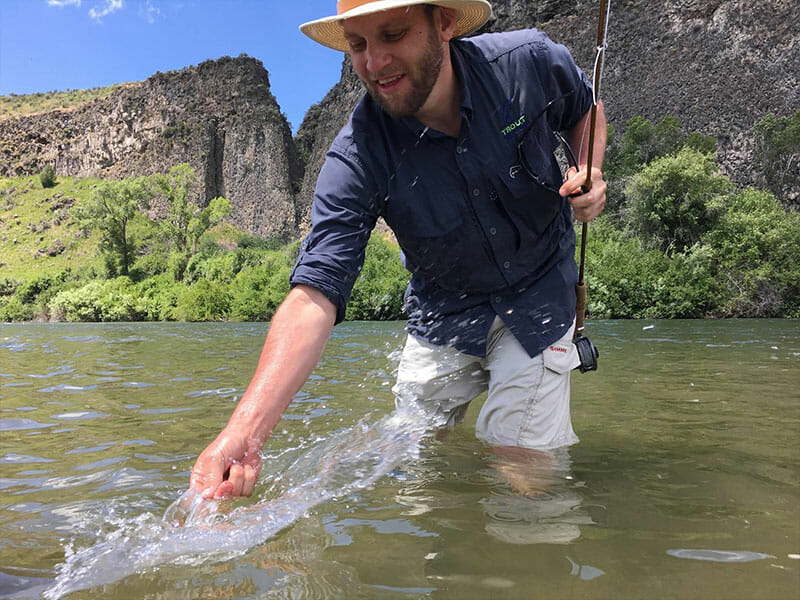
TROUT PEOPLE
Andy Rasmussen
It has become cliché to claim a DNA link to a passion that swallows you whole. But few can actually document those family roots as clearly as can TU’s Andy Rasmussen and lay claim to the phrase “it’s in my DNA.”
On a summer day in 1847, Rasmussen’s pioneer great-great grandfather, Perry Fitzgerald, a scout for Brigham Young’s emigration party on the Mormon Trail, woke up to witness what was quite possibly the first fly fishing ever done west of the Mississippi. One of Fitzgerald’s traveling companions, Wilford Woodruff—also a distant ancestor to Rasmussen—was rigging up a new contraption called a fly rod he’d purchased in England years before. They were camped at Fort Bridger in present-day Wyoming and the nearby Black’s Fork of the Green River beckoned. By the time Woodruff had finished fly fishing that day, he’d caught a dozen trout, some pushing a pound in weight. Today, Woodruff and Fitzgerald’s names are etched into history on a plaque at This Is The Place State Park, at the mouth of Emigration Canyon, the gateway to the Wasatch Front.
Rasmussen grew up in the South Jordan outside Salt Lake City, fishing many of the small streams that run west from the Wasatch. He started with bait like salmon eggs but a friend’s dad sparked the fly fishing bug, awakening that dormant genetic code into a life’s passion. In high school, Rasmussen would watch fly fishing videos while he folded newspapers in the morning for his paper boy job, essentially honing his fly fishing skills with hours and hours of instruction. At the same time, he was sharpening another passion for politics. He went on to a degree in political science at Utah State University, and kept his passion of fly fishing going, taking horsepacking trips into the Unitas, backpacking nearby public lands and living outdoors in the wild West landscapes. Like many western kids, he just went everywhere.
“The first time I saw a ‘No Trespassing’ sign, it was just a shock,” said Rasmussen. “I grew up going everywhere on public land and I didn’t know any different.”
Equally formative was reading about a restoration project that TU had just completed in another state. That article pushed him to help start a TU chapter in Provo, Utah, and at the same time push his fellow LDS friends toward the fundamental belief that stewardship of the land and wise use of the land were part and parcel of living in this century.
All of these threads combined to bring Rasmussen to TU as an employee where he works hand-in-glove with politicians, anglers and hunters, and others to protect the state’s priceless natural resources like coldwater fisheries. “Utah politics are just a really small community and you start to learn that you’ll bump into the same people time and again and we all have some similar ideas about things,” said Rasmussen. “It’s about establishing relationships, maintaining them, and keeping trust.”
That trust has led Rasmussen to help TU become a driving force for conservation in the state, securing such important policies as protecting Utah’s roadless lands, getting a ‘right to hunt and fish’ measure on this November’s ballot, and forming a sportsmen’s caucus in the Utah Legislature so the issues important to anglers and hunters come to the forefront in the capitol. Fitzgerald would be proud.
1
2
3
4
Growth and change
- Innovation and conservation
- Playing the long game
- Off Road Vehicle and Sportsmen Ride Right
- Oregon and Arizona Mineral Withdrawals
- Overcoming congressional gridlock with public lands planning
- Working in state legislatures when Washington, DC, is broken
- The importance of national monuments
- Fight against selling state land
- Alaska Tongass National Forest
- Alaska Pebble Mine
- Utah Roadless
- Washington Steelhead fishing regulation changes
- Land and Water Conservation Fund